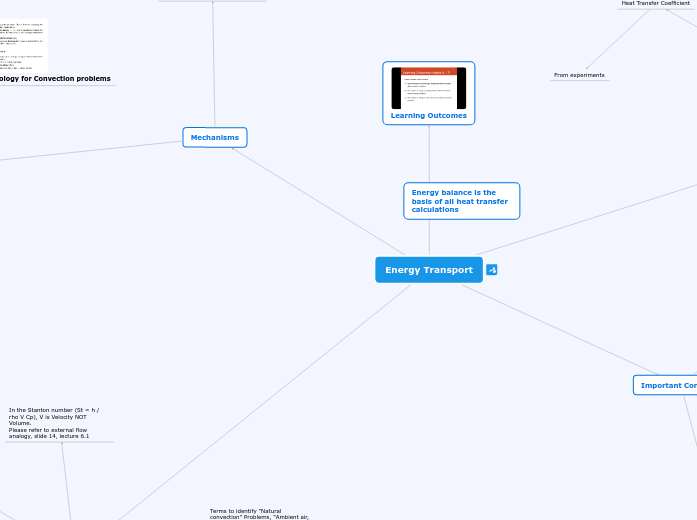によって Kumar Perumal 11か月前.
721
Energy Transport

によって Kumar Perumal 11か月前.
721

もっと見る
Practice Problems
Constant heat flux
Constant wall temperature
Lumped Analysis
Non Lumped analysis
Multidimensional
Product rule for multidimensional heat transfer
Semi Infinite
Finite Media
Practice problems